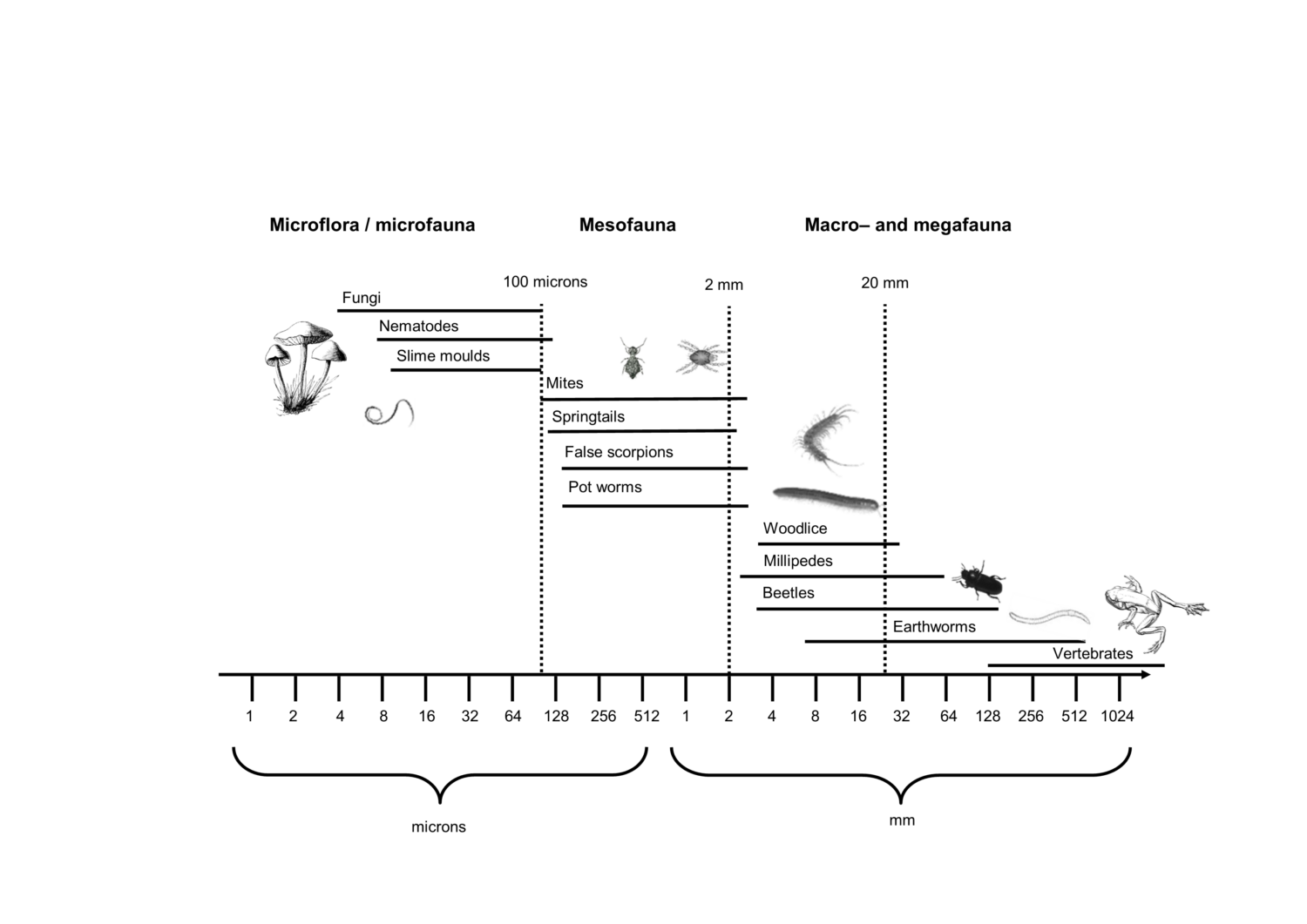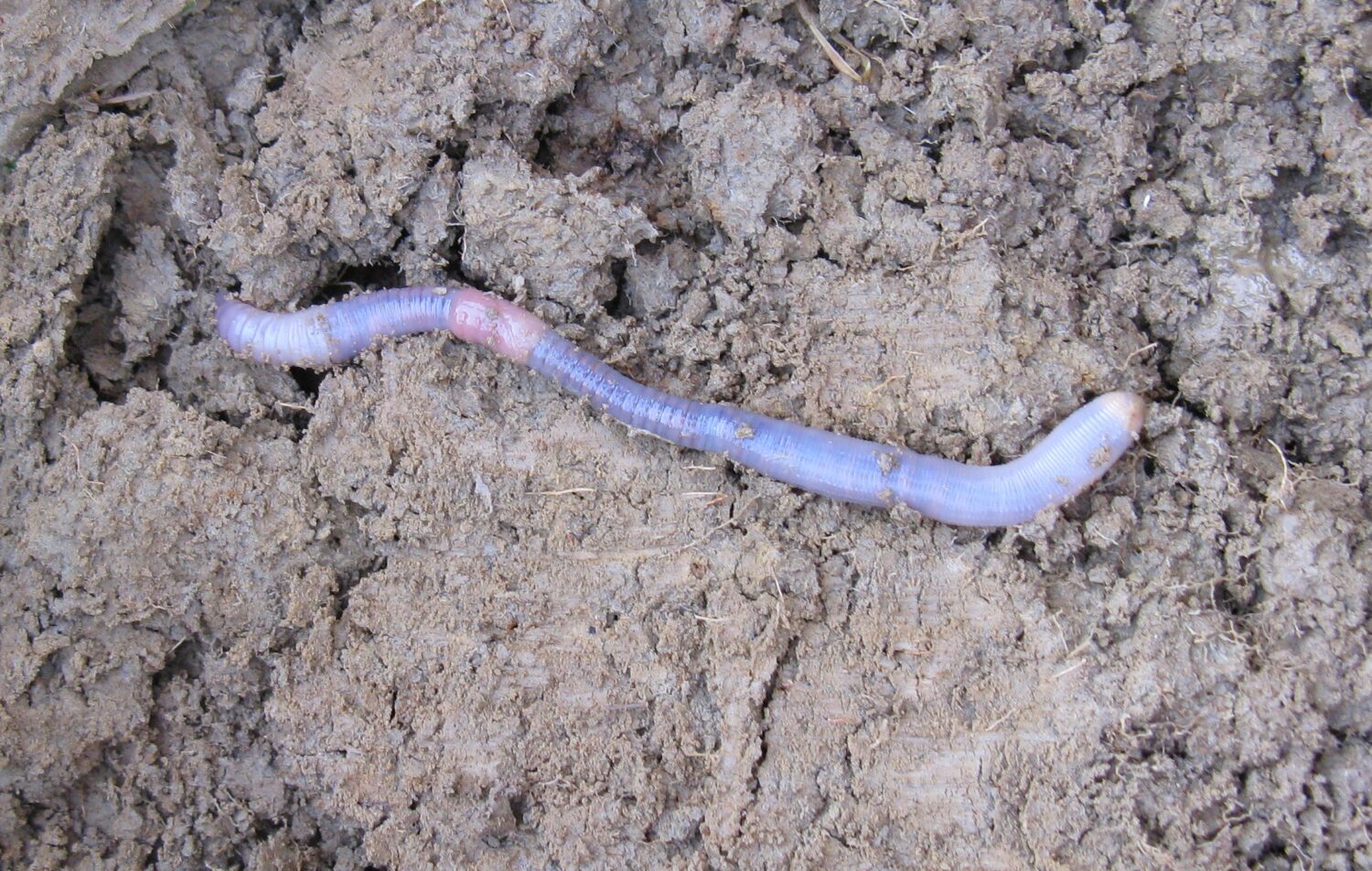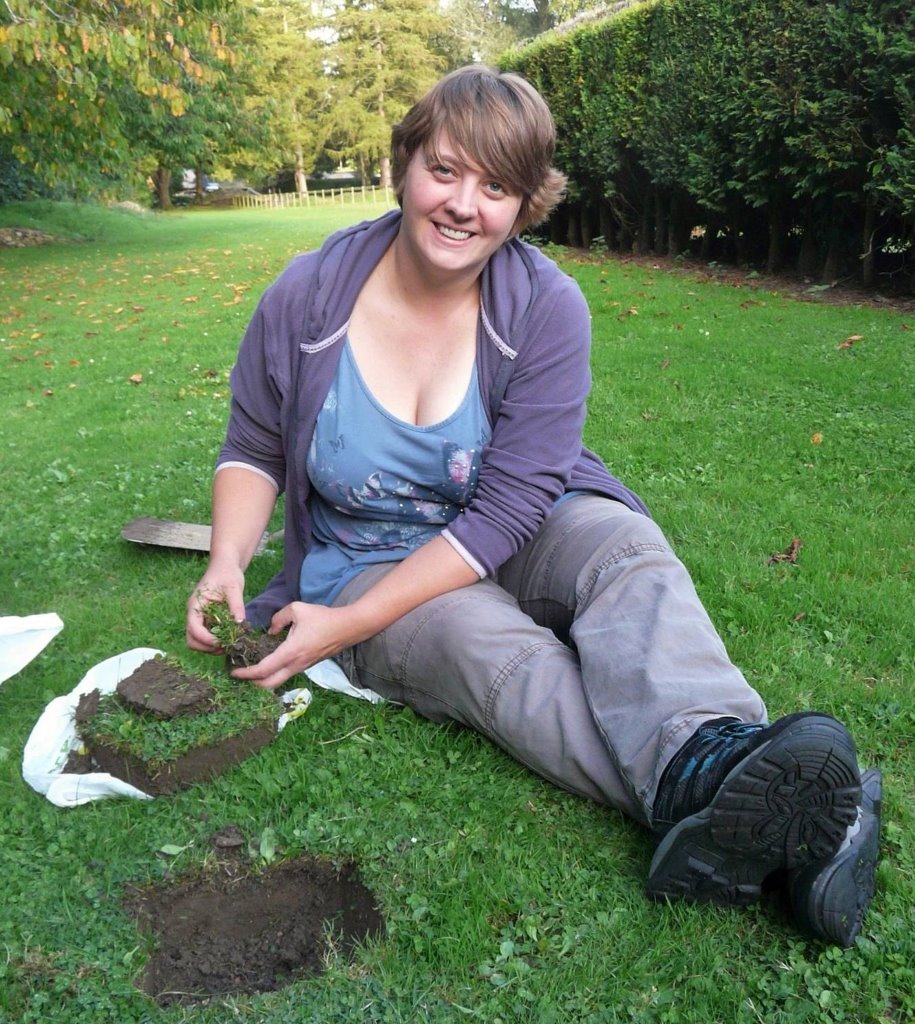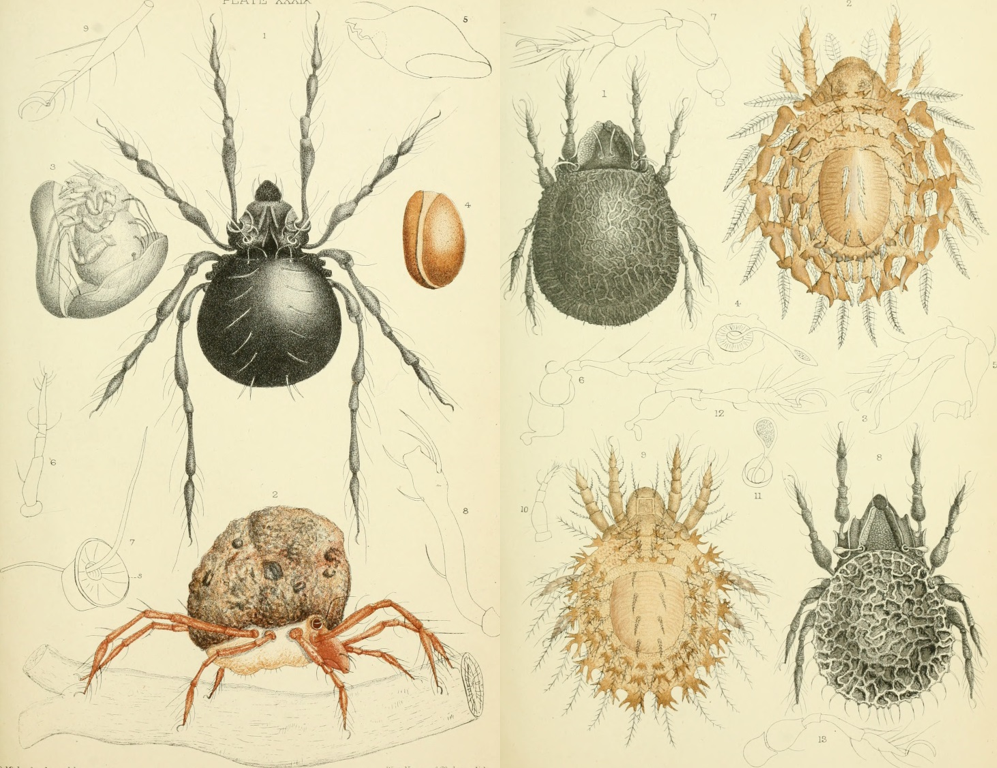Do you stop to think about what’s living below the surface you walk on? Natural History Museum Researcher, Victoria Burton, shares the exceptional biodiversity in soil and why it’s important for all of us.
World Soil Day is a chance to consider the extraordinary abundance and diversity of life in soils. Soils are essential for growing our food and storing and filtering our drinking water. They may contain more than 10,000 species per metre square. From millions of individual bacterial cells to insects, earthworms, and larger burrowing animals such as rodents. These organisms are directly or indirectly responsible for decomposing and cycling nutrients from dead plant and animal material back into nutrients that plants can use. Their burrows also break up the soil, reducing compaction and increasing water and air in the soil. Together, these functions are valued at an estimated at $2.1 trillion per year worldwide.
Life in Soil
Soil life is often classified into four size groups: microfauna and microflora (smaller than 0.1 mm), mesofauna (0.1 mm – 2 mm), macrofauna (2 mm – 20 mm) and megafauna (> 20 mm). Microflora and microfauna include bacteria, fungi, slime moulds, soil protists, algae, and nematodes. Most of this group can’t be seen with the naked eye except when some form fruiting bodies.

Soil mesofauna are visible without a microscope but are very small, mostly under a millimetre. Mesofauna includes springtails. As their name implies, they have an appendage folded under their body that they can use to launch themselves into the air and away from danger. You may have seen them pinging about when you move a plant pot or disturb compost. Mites are often considered pests, harming plants, or causing itchy skin infections. However, there are also hundreds of beneficial species which break down dead leaves or are predators.
Macrofauna include the most recognisable and familiar soil animals. These include millipedes, centipedes, woodlice, and many insects, especially beetles. The most well-studied group are earthworms. There can be enormous numbers of earthworms in the ground. During one of my research projects I estimated 17,600 in one cubic metre of grassland! Earthworms are still understudied compared to most above-ground organisms.


Globally, the International Union for Conservation of Nature (IUCN) has assessed very few soil organisms. For example, only 47 of around 7,000 known world earthworm species. This is a problem as below-ground biodiversity does not always follow the same patterns as above-ground. Basing decisions on data that does not include them could fail to protect them.
World Soil Day is needed to increase the profile of this neglected but essential part of our ecosystems.

Interested in invertebrates? Find out more about identifying invertebrates and our Invertebrate Specialist Group.